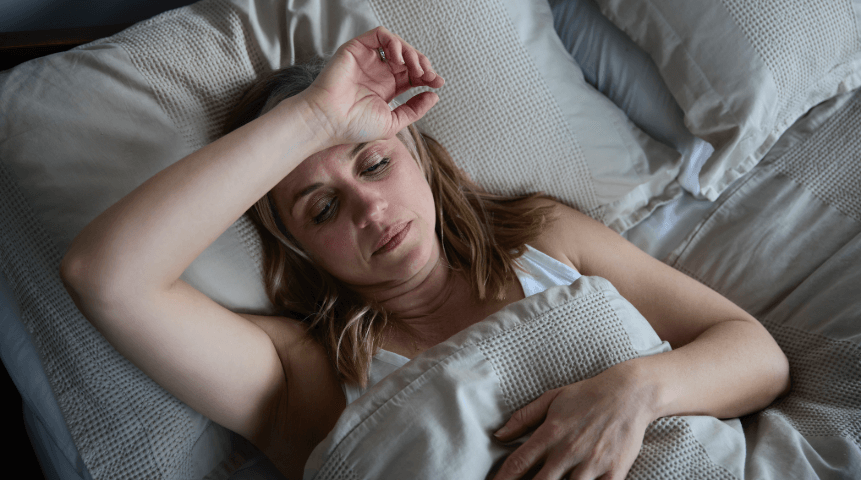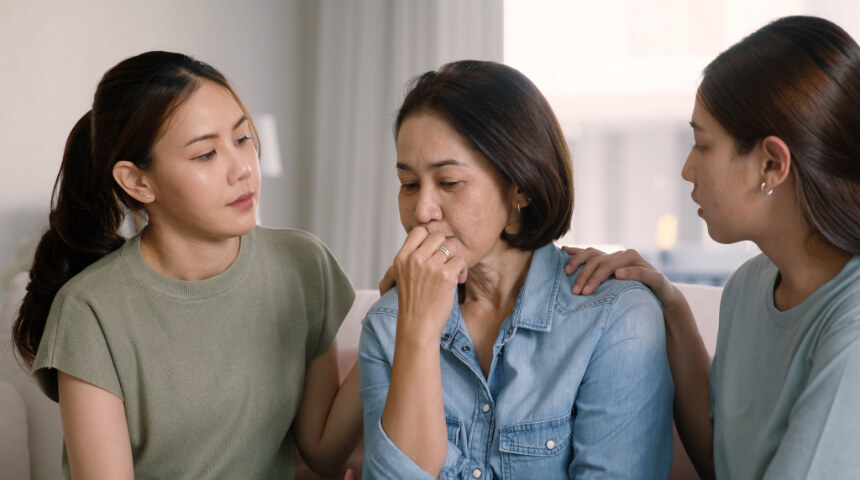If the condom ripped, you skipped a birth-control pill or you simply had unprotected sex, you can buy a product known as “the morning-after pill” and significantly reduce your chances of getting pregnant. One rule: Act quickly.
What Is the Morning-After Pill?
The morning-after pill prevents you from getting pregnant after having unprotected intercourse. It is not the same as the mifepristone “abortion pill,” which terminates an existing pregnancy.
The morning-after pill works by delaying or stopping your body from releasing an egg, aka ovulating. That gives the sperm in your body time to die before fertilizing any eggs. The result: You are unlikely to get pregnant.
There are two types of FDA-approved morning-after pill on the market. The cost of both are often covered by Medicaid and private insurance plans:
Levonorgestrel (LNG) — Sold under several brand names and with generic labels, these pills are made with man-made progesterone. They are 75 percent to 89 percent effective. They are most likely to work if you take them the first day after unprotected sex, and they must be taken within three days. Anyone of any age, and any gender, can buy some versions at the store without a prescription. ID is not required, but some stores might keep these products behind the counter. Other brands are always held behind the pharmacy counter and you need to be 17 to purchase them — but no prescription is necessary. If you’re over 165 pounds, look at other options. Levonorgestrel does not affect your other birth control methods.
Ulipristal acetate —This pill also delays or stops your eggs from releasing, and it also might make it harder for a fertilized egg to reach your uterus where, if implanted, you’ll be pregnant. This is 85 percent effective in preventing pregnancy over the first five days although, again, using it soonest is best; it is most effective if taken within 24 hours. You’ll need a prescription. It helps women who weigh up to 195 pounds.
Copper IUD. The IUD isn’t a pill, but it stops eggs from being fertilized or implanting in the uterus and so is another effective form of emergency contraception. You’ll need to get in to visit a healthcare provider within five days of unprotected sex to have one inserted. On the upside, IUDs work no matter what you weigh, and you can leave the device in for several years afterward, meaning you won’t need emergency contraception again until it’s removed. Fewer than 1 percent of women get pregnant when using copper IUDs as birth control.
What It’s Like After You Take a Morning-After Pill
Morning-after pills are safe for you. In addition, they will not hurt your fetus if you are already pregnant when you take the pill. Traces of ulipristal acetate might get into your breast milk if you are nursing; you might want to use an alternative for a week until it passes through.
After taking a morning-after pill, you might experience period-like symptoms that are different from what’s common during your regular cycle.
- Cramping
- Bleeding
- Menstruation sooner or later than expected
- Nausea
- Headache
- Stomach ache
- Spotting
- Tender breasts
If you vomit within two hours of taking a levonorgestrel pill or three hours of an ulipristal acetate pill, go to a medical professional to receive a second dose or to have an IUD inserted. Do not take a second dose under any other circumstances.
Avoid these pills if you take St. John’s wort or medications for an acidic stomach; if you are medicated for epilepsy, tuberculosis or HIV; or if you have been prescribed the antibiotics rifabutin or rifampicin.
What To Do After Taking the Morning-After Pill
It’s safe to take an emergency contraceptive pill twice in one month, but that’s not the wisest choice. To avoid another emergency — after all, close to half of U.S. pregnancies are not planned — take these steps:
- Stock up — Keep a dose of a day-after pill in your medicine cabinet in case you need it.
- Suit up — Within a day after taking levonorgestrel, or two to nine days (depending on your birth control method) with ulipristal acetate, return to your regular birth control routine. Take the day’s birth control pill, re-insert the ring, apply a new patch and insist your partners use condoms. Before that time, be extra careful to use a condom.
- Get tested for STDs — It’s best to detect and treat sexually transmitted diseases early, so have a doctor or midwife look at you soon.
- Get serious about better birth control — Once you’re past this emergency, get more reliable birth control. Talk to an OB-GYN about your options: pill, ring, patch, IUD or other reliable choice. Plus, to prevent STDs, always use a condom in addition to another form of birth control unless you and one partner are exclusive with one another.
Use emergency contraception when you have unprotected sex, even by accident, and stock up in case it happens again. Follow up by securing reliable birth control for the future. Then you can enjoy sex with less worry.










